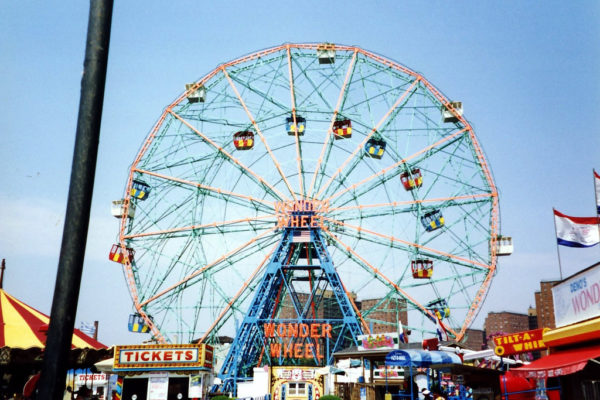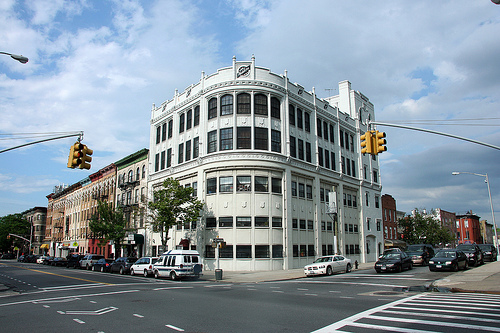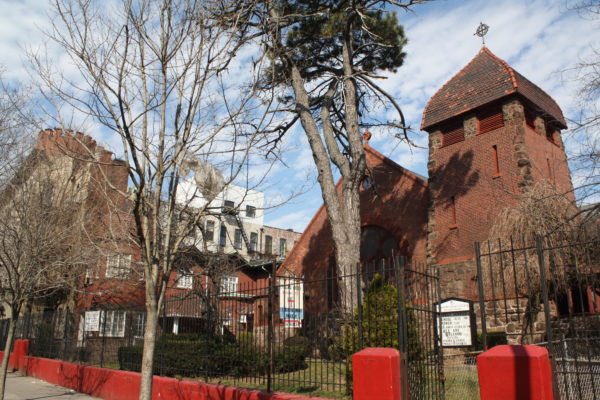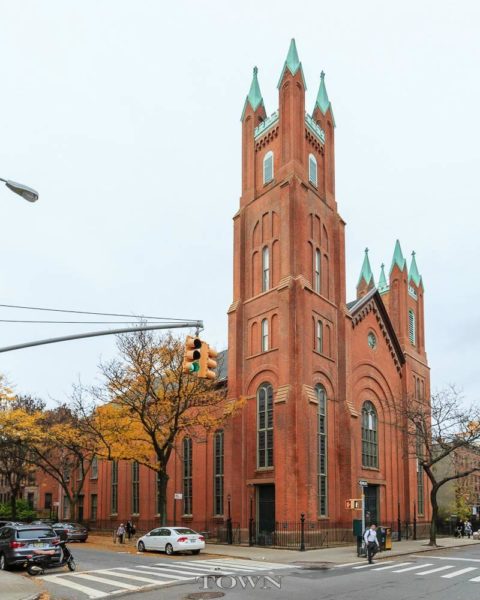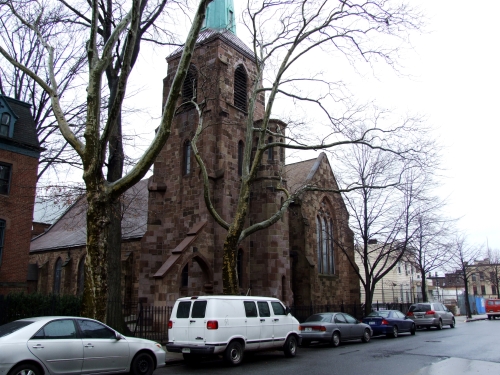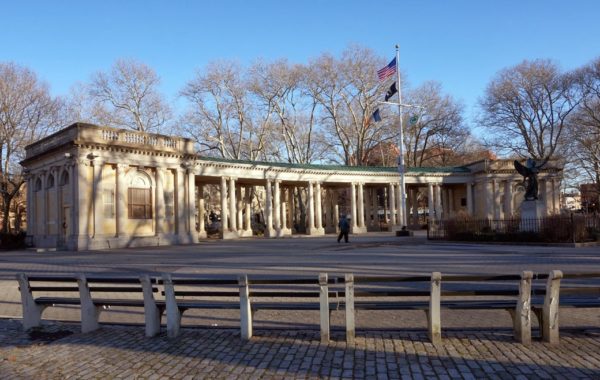The Wonder Wheel
Designated May 23, 1989 The Wonder Wheel, which incorporates twenty-four passenger cars of which sixteen slide along serpentine tracks, was invented by Charles Herman of New York as an improvement upon G.W.G. Ferris’s giant wheel erected for the famous Chicago World’s Columbian Exposition of 1893. Manufactured by the Eccentric Ferris Wheel Amusement Company for Herman […]
